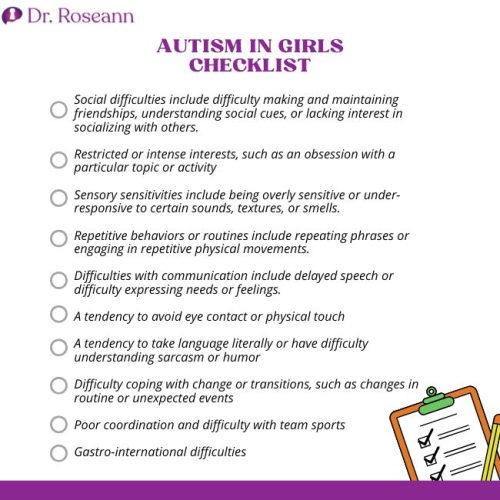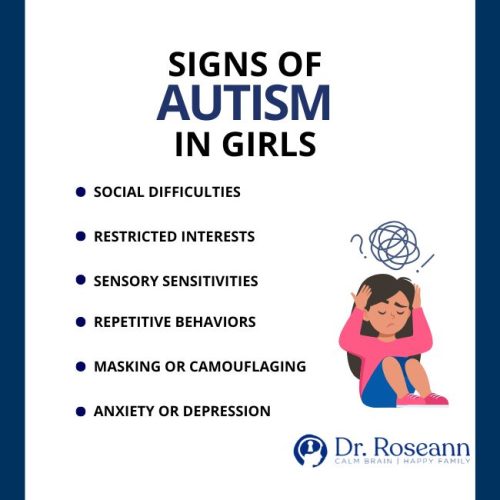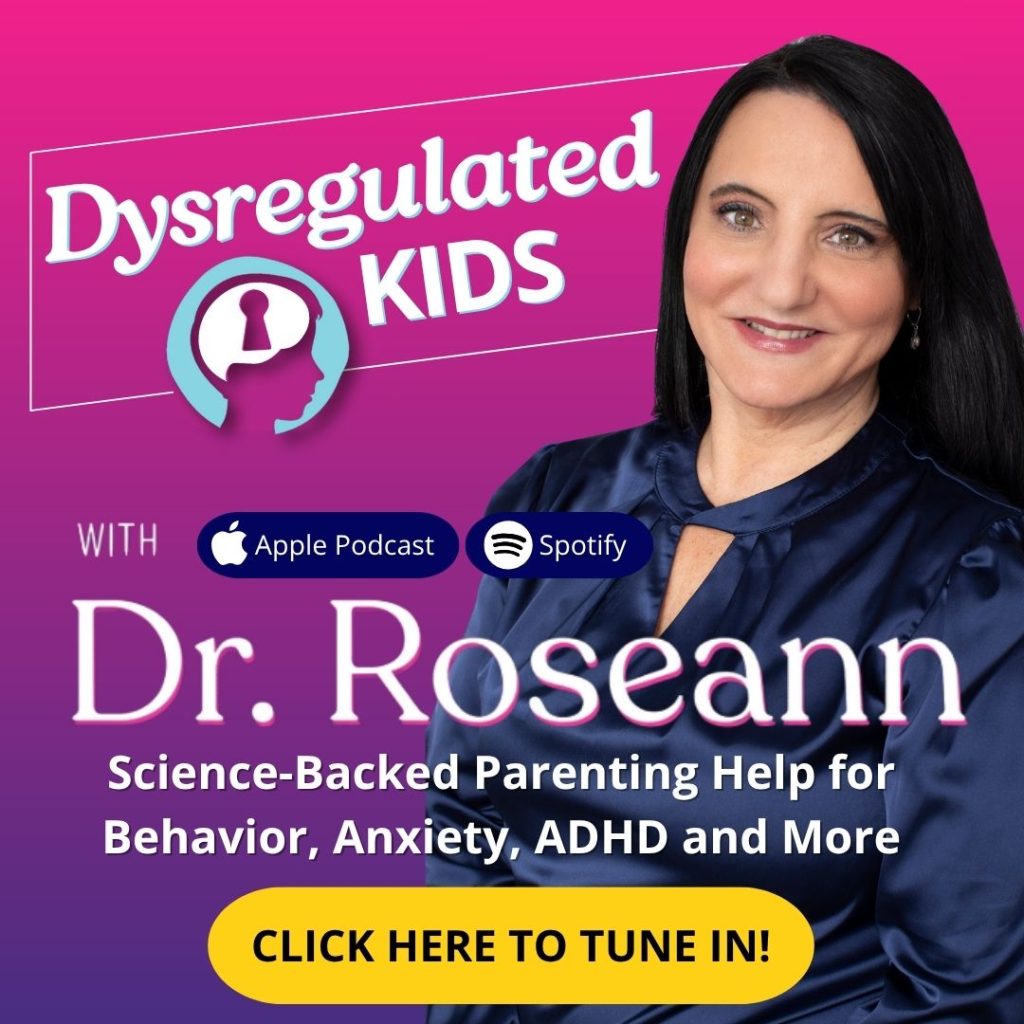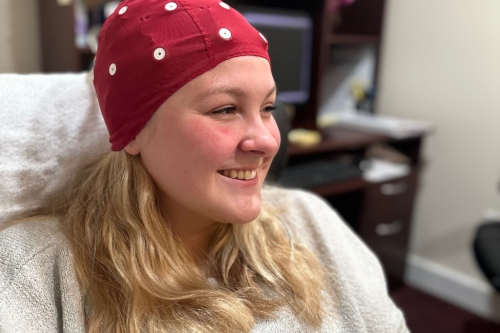Estimated reading time: 7 minutes
Autism can look very different in girls than in boys. That’s why so many families miss the signs of autism at first—or assume their daughter is just shy, anxious, or “mature for her age.”
Traditional checklists were built with boys in mind, so they don’t always capture the unique ways autism shows up in girls.
The Autism in Girls Checklist is designed to help parents:
- Focus on behaviors instead of labels or diagnoses
- Notice subtle signs that often get overlooked
- Understand that being “quiet,” “rule-following,” or “anxious” might actually be a sign of deeper struggles
- Feel more confident in observing and supporting their child
This checklist isn’t about judging your daughter—it’s about seeing her clearly, so she feels understood.
Why Are Girls With Autism Often Diagnosed Later Than Boys?
Many parents notice something is different long before anyone else does. The challenge is that girls are really good at blending in.
Here’s why girls are often diagnosed later:
- They camouflage. Girls may copy what others say or do so they “look” like they fit in, even when they’re confused inside.
- They look like the “model student.” A teacher might see a quiet, rule-following girl and think she’s fine—without realizing she’s holding in all her stress until she gets home.
- The tools weren’t built for girls. Many checklists and assessments were designed around how autism shows up in boys, so girls don’t always match the criteria.
By the time they’re teens or adults, many girls finally get diagnosed after years of feeling like something was “wrong with them.” That’s why having a parent-friendly checklist is so important—it can help catch the signs earlier.
What Are the Common Signs of Autism in Girls Across Ages?

Autism doesn’t look the same at every stage. Here’s what you may notice at different ages:
Early Childhood:
- Strong separation anxiety or preferring adult company over other kids
- Big emotional meltdowns over small changes, often seen as “bossy” or “rigid”
- Repetitive play or intense focus on a favorite toy or topic
School Age:
- One or two “best friends” but struggles in larger groups
- Perfectionism, working extra hard to keep up, difficulty with change or transitions
- Literal communication (“but you didn’t say that”) or repetitive behaviors like hair twirling
Adolescence:
- Practicing conversations ahead of time, or mimicking how peers act
- High levels of anxiety that no one at school notices, but meltdowns at home
- Feeling drained after social or school activities, needing extra downtime
Checklist at a Glance:
| Domain | Possible Signs |
|---|---|
| Social | Few close friendships, feels “on the edge” socially |
| CommunicationScripted speech, very literal language | Scripted speech, very literal language |
| Sensory | Sensitive to noise, textures, or unexpected changes |
| Behavior | Intense interests, routines, perfectionism |
| Emotional | Meltdowns after school, high anxiety levels |
Example:
A 9-year-old girl appeared calm and collected at school, but once she got home, she would collapse into tears.
At first, her parents weren’t sure what was happening, but they began to realize it wasn’t “overly emotional” behavior—it was the exhaustion of holding it together all day.
Their observations were the key to understanding that her meltdowns were really a sign of overwhelm, not misbehavior.
How Does Camouflaging or Masking Show Up in Daily Life?
Masking is when a child hides her struggles by copying others or forcing herself to act “normal.” On the outside, she may look just fine—but inside, she’s overwhelmed.
Examples of masking:
- Practicing social scripts like rehearsing what to say before joining a conversation
- Copying peers’ behavior—laughing when they laugh, even if she doesn’t understand the joke
- Keeping it together at school only to melt down at home where it feels safe
Masking helps girls “blend in,” but it’s exhausting. It can leave them feeling anxious, drained, and misunderstood.

When Should I Seek an Assessment or Professional Help?
If several of these signs sound familiar, it may be time to seek a professional opinion. You don’t need to have all the answers—that’s what the evaluation process is for.
Steps you can take:
- Talk with your pediatrician and ask for a referral
- Share your checklist observations with a psychologist or specialist
- Look for assessments that consider how autism presents in girls
And remember: It’s not bad parenting—it’s a dysregulated brain. Early understanding and support can change the whole path forward.
How Can I Support My Daughter Right Now, Even Before a Diagnosis?
You don’t have to wait for an official diagnosis to start helping your child feel calmer and more supported.
Simple strategies that help:
- Predictable routines: Consistency makes the world feel safer
- Safe sensory spaces: A cozy nook, soft blanket, or headphones can calm sensory overload
- Emotion labeling: “I see you’re overwhelmed. Let’s calm the brain first.”
- Validation: Remind her she doesn’t need to be perfect or mask at home—she’s safe to be herself
Connection: Join parent groups or online communities for families raising autistic girls—you’ll realize you’re not alone

FAQs
How many signs does my daughter need to show to consider assessment?
No child has to check every box. If several areas are present and causing distress, trust your instincts.
Will sensory strategies help even before diagnosis?
Absolutely. Calming sensory environments and routines help all kids—especially those who mask.
Is masking always a bad thing?
Masking helps her fit in—but it’s draining and can lead to anxiety. We want to support her in being safe and seen.
What if my pediatrician dismisses my concerns?
Bring examples, checklists, behaviors at home vs school. You are your child’s best advocate.
Citations
Bargiela, S., Steward, R., & Mandy, W. (2016). The experiences of late-diagnosed women with autism Spectrum conditions: An investigation of the female autism phenotype. Journal of Autism and Developmental Disorders, 46(10), 3281–3294. https://doi.org/10.1007/s10803-016-2872-8
Hull, L., Petrides, K. V., & Mandy, W. (2020). The female autism phenotype and camouflaging: A narrative review. Journal of Autism and Developmental Disorders, 50(3), 306–317. https://doi.org/10.1007/s40489-020-00197-9
Cremone, I. M., et al. (2023). Measuring social camouflaging in individuals with high-functioning autism: A review of available methods and their correlates. Brain Sciences, 13(3), 469. https://doi.org/10.3390/brainsci13030469
Dr. Roseann Capanna-Hodge is a licensed mental health expert that is frequently cited in the media:
- Parents Are Your Kid’s Meltdowns a Sign of Rejection Sensitive Dysphoria?
- Scary Mommy What Is Self-Regulation In Children, And How Can You Help Improve It?
- Medicinal Media Different minds grow awareness: understanding the autism spectrum
Disclaimer: This article is not intended to give health advice and it is recommended to consult with a physician before beginning any new wellness regime. *The effectiveness of diagnosis and treatment vary by patient and condition. Dr. Roseann Capanna-Hodge, LLC does not guarantee certain results.
Are you looking for SOLUTIONS for your struggling child or teen?
Dr. Roseann and her team are all about science-backed solutions, so you are in the right place!
Manage Autism, reclaim joy and restore peace in your home
©Roseann Capanna-Hodge










